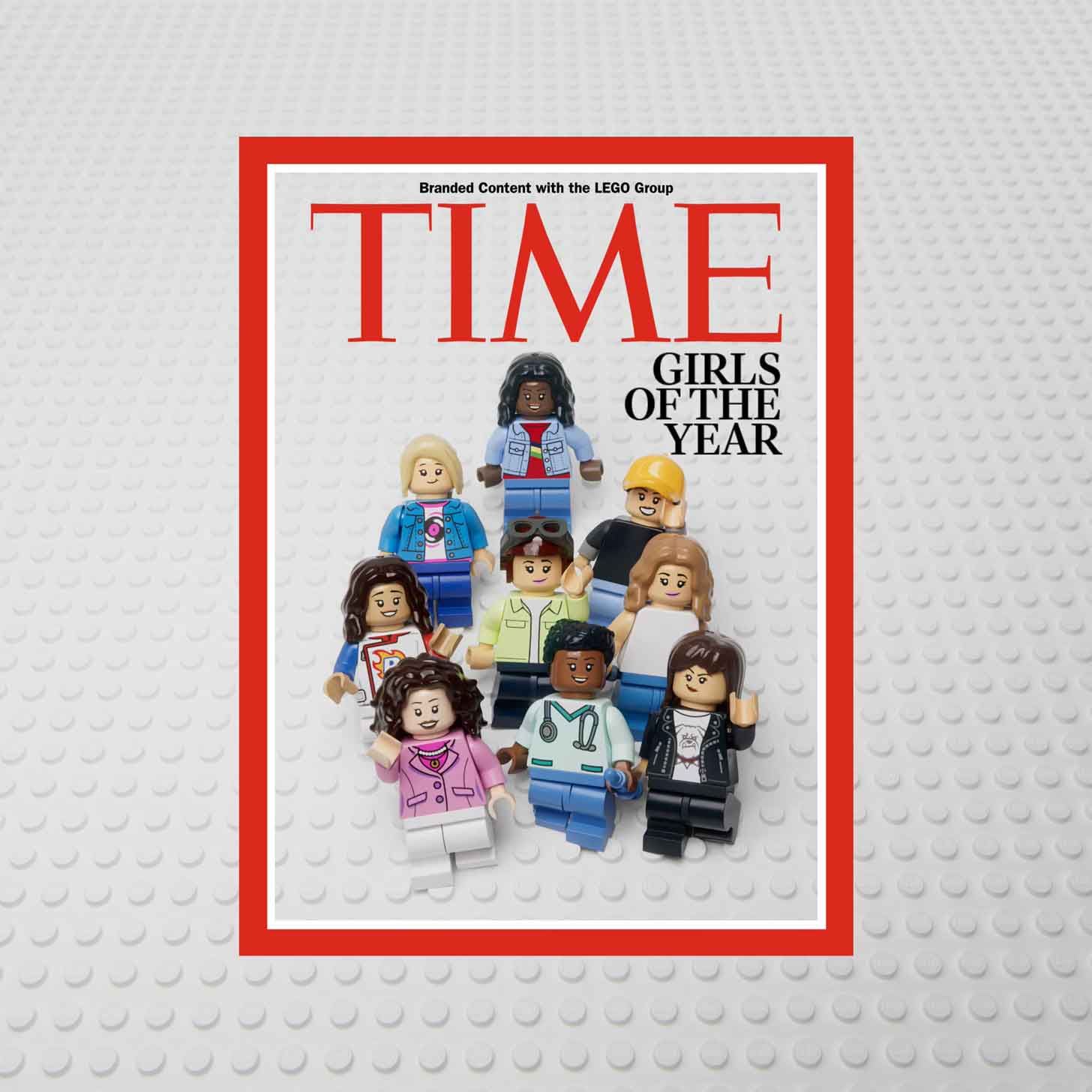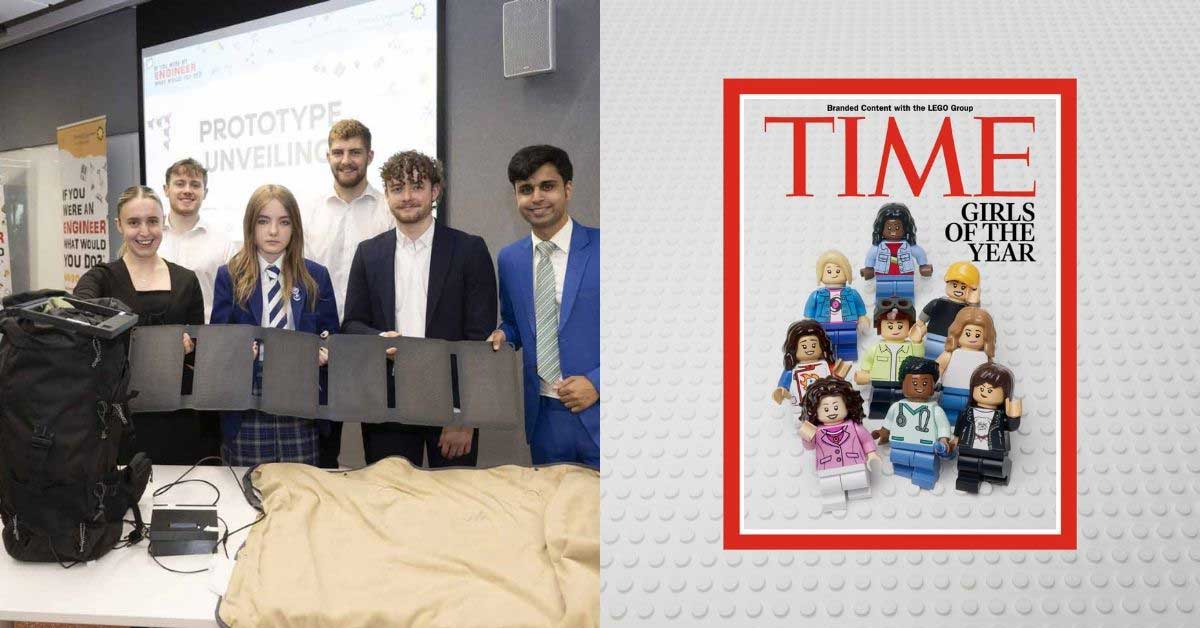The Primary Engineer MacRobert Medal competition asks UK students: “If you were an engineer, what would you do?”
And 12-year-old Rebecca Young had her answer right away.
The young Scottish student wanted to help members of her community facing homelessness.
“Unfortunately, you see so many people sleeping rough on the streets of Glasgow and I always felt bad seeing how cold they were,” Young told The Times.
So, the Kelvinside Academy student invented a solar-powered heated blanket with the goal of helping unhoused people keep warm.
“It was obvious to me that this could help,” she added.

Young started by researching sleeping bags and backpacks, curious as to how they could be designed to offer even more warmth.
Of course, heated blankets do exist, though they must be plugged into a wall to function to their full potential — a luxury homeless individuals often do not have.
Young entered the Primary Engineer MacRobert competition as one of 70,000 engineering designs and won the Commendation Medal, an award determined by public vote. She also won a silver medal in the main competition.
Now, she has also been named one of TIME Magazine's inaugural “Girls of the Year.”

With assistance from engineering firm Thales, Young presented a prototype for the heated blanket. The design is integrated into a backpack and powered by the sun, allowing for easy on-the-go use.
While simplistic in application, the Young’s design is thorough.
Using the average human sleep time of eight hours as a required run time, she conducted in-depth research on the most suitable batteries and solar panels to use in the prototype.
The invention also includes a control circuit that automatically alternates the blanket between on/off states based on temperature readings to conserve battery life. The blanket itself is also designed similarly to a sleeping bag to allow for heat retention and to keep users warm amid any shifts or movements.
The outer frame of the blanket’s backpack also offers more storage space to the user.
“The engineering firm Thales, which sponsored the competition, subsequently manufactured 30 of the blankets which were distributed to a homeless shelter in Glasgow earlier this year,” TIME reports. There are plans to make 120 more.

“To think something I’ve designed could one day help somebody on the streets is amazing,” Young told The Times.
“It felt amazing to see my drawing turn into something real. I never thought that could happen. Homelessness is a big problem that needs fixing and if you see a homeless person, help in any way you can.”
While the design and prototype are exciting, Young’s mentors were most compelled by her empathy and concern for others.
“The remarkable concept, a Solar Powered Heated Blanket, was the brilliant idea of a young student, who aspires to be an engineer,” a blog post from Thales reads. “What made it so special? It came from a place of empathy and a genuine desire to make a difference for the homeless community.”
Leigh Goldie, Young’s teacher, echoed these sentiments.
“Rebecca’s success feels incredible. It’s so unusual to see this level of awareness and creativity at such a young age, and to apply that to a real-world issue is truly special,” Goldie told The Times.
“Rebecca’s story shows how creativity and compassion can lead to meaningful innovation, even at this stage of life. If she decides to pursue STEM further, who knows how far she could go?”
“I’m very proud,” Young’s mother, Louise, also shared with TIME.
As for Young, it’s just the start of her career in engineering.
“It helped me see a different aspect of engineering, and how it could actually help people” she told TIME. “That definitely helped inspire me.”
This article was originally published on January 3, 2025, and has been updated to include news about TIME Girls Of The Year.
Header images courtesy of Primary Engineer and TIME Magazine



